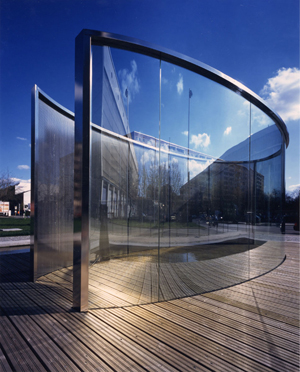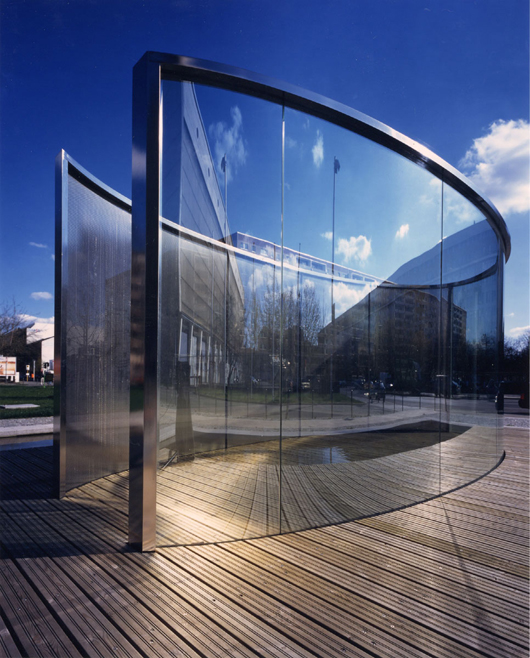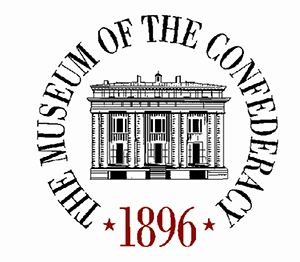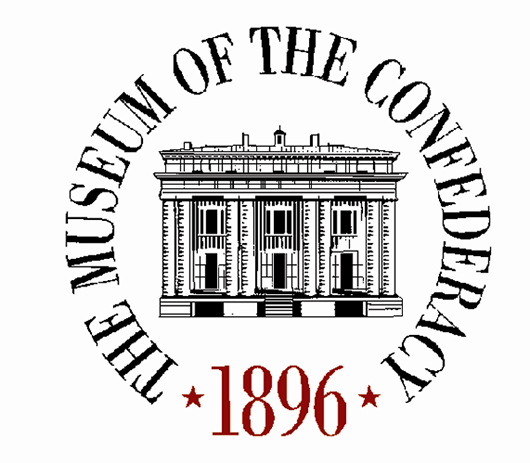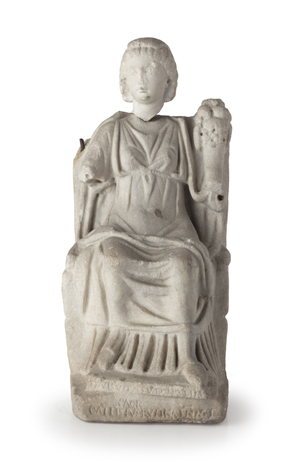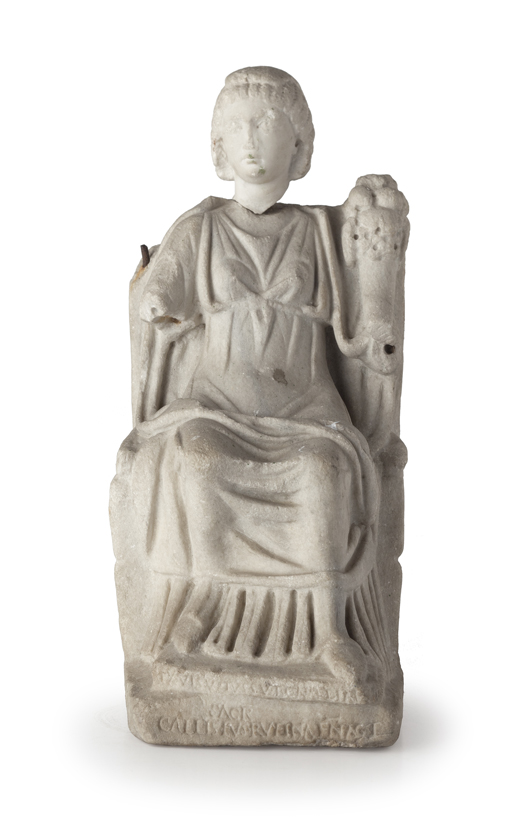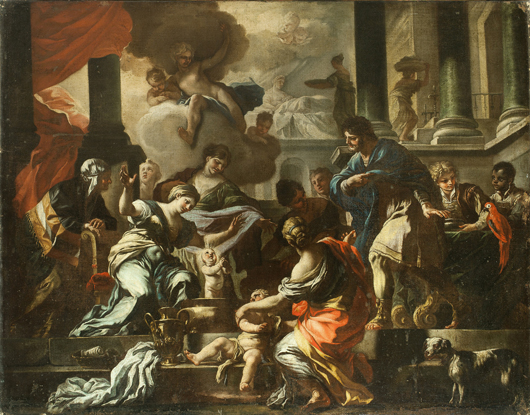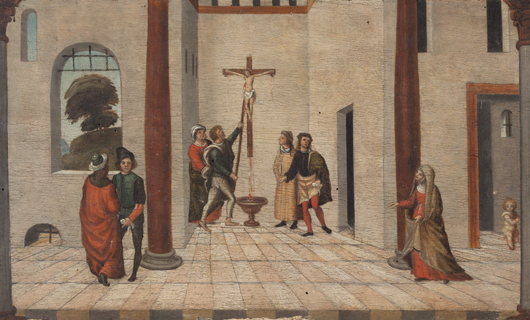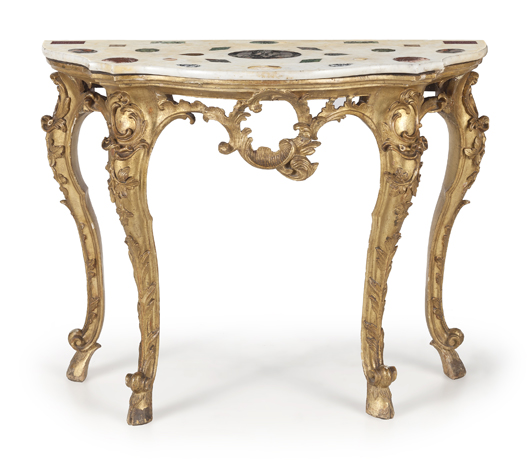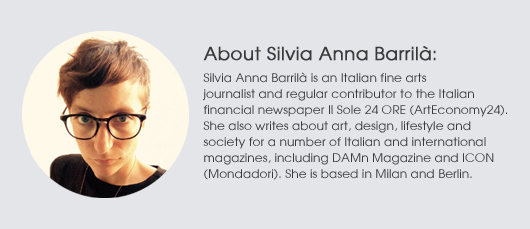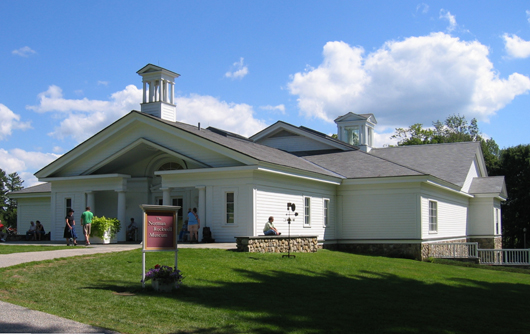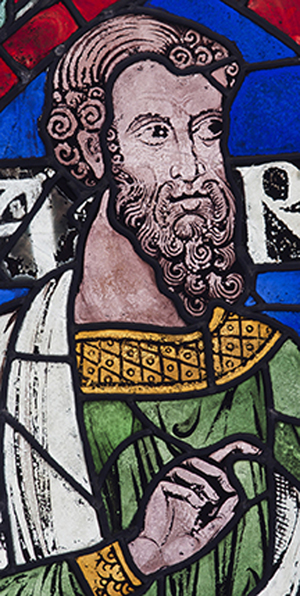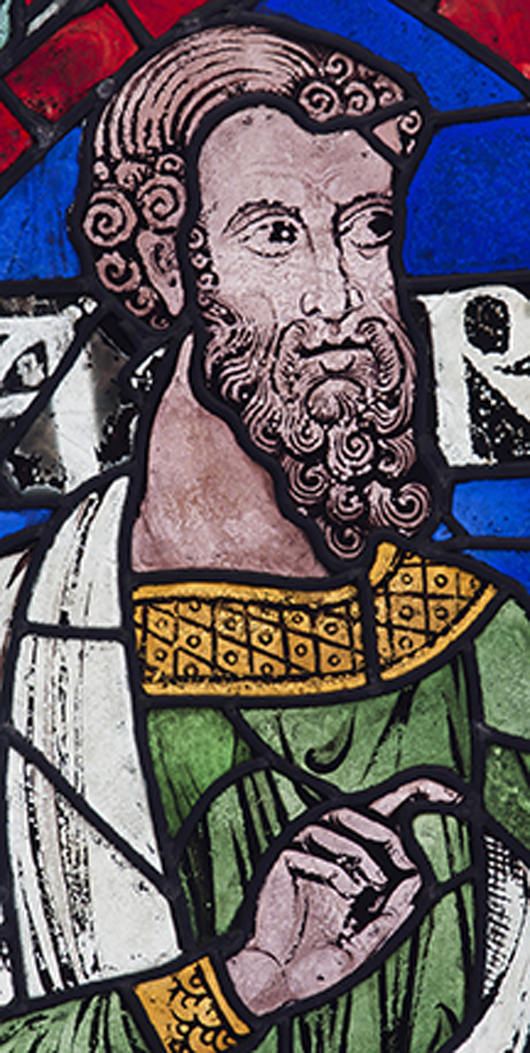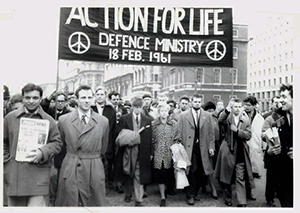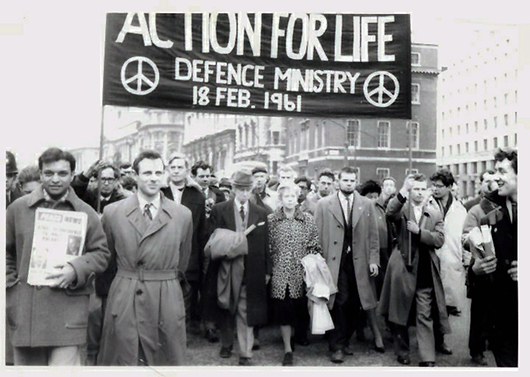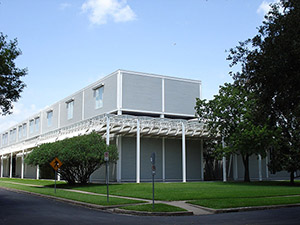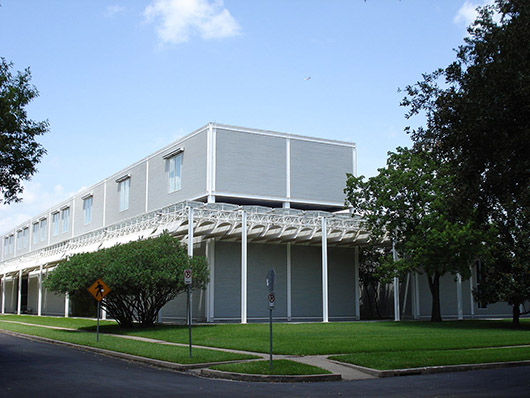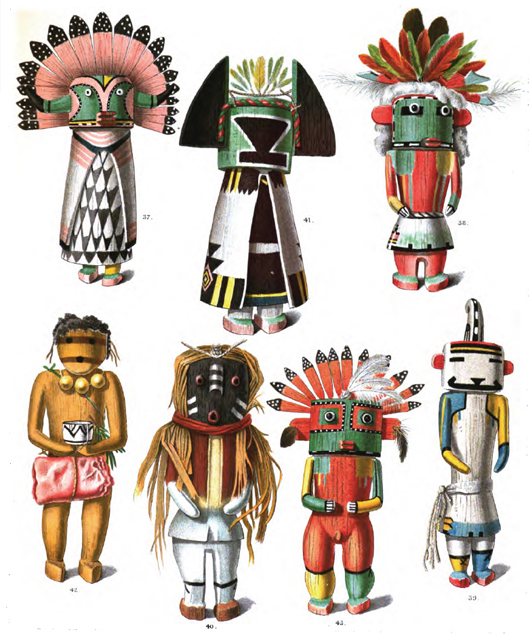
Issue No. 3 of ‘The USSR in Construction,’ a photographic propaganda magazine published in the Soviet Union for foreign distribution. Dreweatts & Bloomsbury Auctions image. LONDON – As the Sochi Winter Olympic Games focuses world attention on the future of Russia, Dreweatts & Bloomsbury Auctions offer the opportunity to explore the country’s vivid history with a 19th century French book on Russian customs in their sale of Printed Books and Manuscripts on Thursday, March 6.
Les Peuples de la Russie is a celebrated work on the customs and costumes of the peoples of the Russian empire including Tartars, Caucasians and Mongols. This first edition, by Charles Rechberg and George Bernhard Deppin, was printed in Paris in 1813 and beautifully illustrated with 47 hand-colored plates as well as nine original illustrations. It is estimated to sell for £6,000-£8,000 [Lot 191] .
Internet live bidding will be facilitated by LiveAuctioneers.com.
A run of important illustrated magazines, The USSR in Construction, provides a focus on Russia’s modern history. Positively promoting the industrialization and collectivization of Stalinist Russia, they feature electric power plants, regional capitals, metals, agriculture and copper mining. Printed in Moscow in 1930 at the beginning of Joseph Stalin’s tyrannical leadership of the Soviet Union, the magazines are estimated at £300-£400.
The USSR in Construction was a photographic propaganda magazine published in the Soviet Union for foreign distribution that proclaimed to “reflect in photography the whole scope and variety of the construction work now going on in the USSR.” Employing the top writers, playwrights, photographers and graphic designers of the day, it was predominately designed as a foreign relations tool to promote the Soviet Union [Lot 139].
The most expensive work in the sale is Histoire Générale des Insects de Surinam et de Toute l’Europe by Maria Sibylla Merian, estimated to achieve £25,000-£35,000. This third edition was printed in Paris in 1771.
Merian, a German botanical artist, arrived in Surinam, South America, in 1699 and stayed until 1701 recording the plants and insects of the Dutch colony. The results of her research can be found in the Metamorphosis insectorum Surinamensium, published in 1705 with 60 plates. Later editions included 23 additional plates by Merian’s daughter Johanna in the first volume, while the second volume recorded her later studies of European plants and insects.
The present work was produced by Desnos after he discovered the printing plates in a Paris auction. The plates display remarkable accuracy and include several species of plants and fruit new to Europeans. A third volume Des plantes bulbeueses, liliacées, caryophyllées with 69 plates was also published, but this is often found separately to those on insects [Lot 215].
A second edition of Johann Jacob Scheuchzer’s Herbarium Deluvianum Collectum, shares a preoccupation with the natural world. An important early work of paleobotany and the study of fossilized plants, it includes four additional plates not present in the first edition. It is estimated at £600-£800 [Lot 210].
The oldest work in the sale, Elementa, by the Greek mathematician and “Father of Geometry,” Euclid, is described by politian Sir Charles Thomas-Stanford as “possibly the most remarkable of all printed editions of Euclid.” The famous work is one of the most influential books on modern geology and mathematics and this first edition of the Arabic translation is ascribed to Nasir al-Din al-Tusi.
Euclid was a Greek mathematician active in Alexandria, Northern Egypt, during the reign of Ptolemy I (323-283 B.C.) his influential work remains in use by students today.
This Arabic edition of the book has an extra chapter, The Privilege of Sultan Murad III, which was added for its release in the Ottoman Empire. The work was printed at the press founded by Ferdinando de’ Medici under Pope Gregory XIII to disseminate works in Oriental languages [Lot 18].
A copy of Salvador Dalí’s Biblia Sacra, 1967-69, in five volumes, number 394 of 1499 “luxus” copies, includes 105 color lithographs by Dalí which form a magnificent set, in fine condition. The illustrated book was conceived by Dali’s friend and patron Dr. Giuseppe Albaretto as a new and entirely illustrated edition of the Bible. It is estimated to sell for £6,000-£8,000 [Lot 141].
ADDITIONAL LOTS OF NOTE
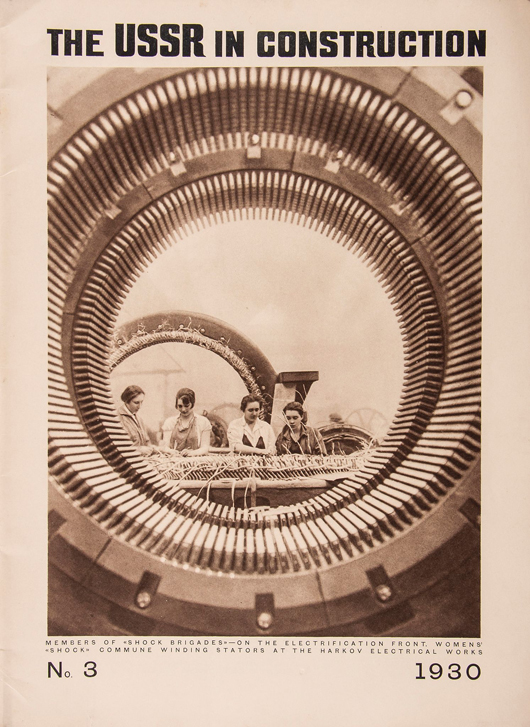
Issue No. 3 of ‘The USSR in Construction,’ a photographic propaganda magazine published in the Soviet Union for foreign distribution. Dreweatts & Bloomsbury Auctions image. 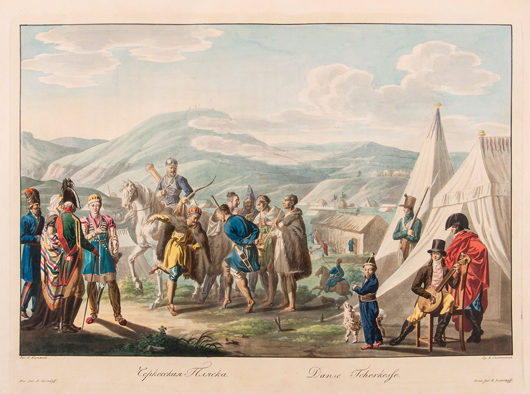
Printed in Paris in 1813, ‘Les Peuples de la Russie’ by Charles Rechberg and George Bernhard Deppin, is beautifully illustrated with 47 hand-colored plates nine original illustrations. Dreweatts & Bloomsbury Auctions image. 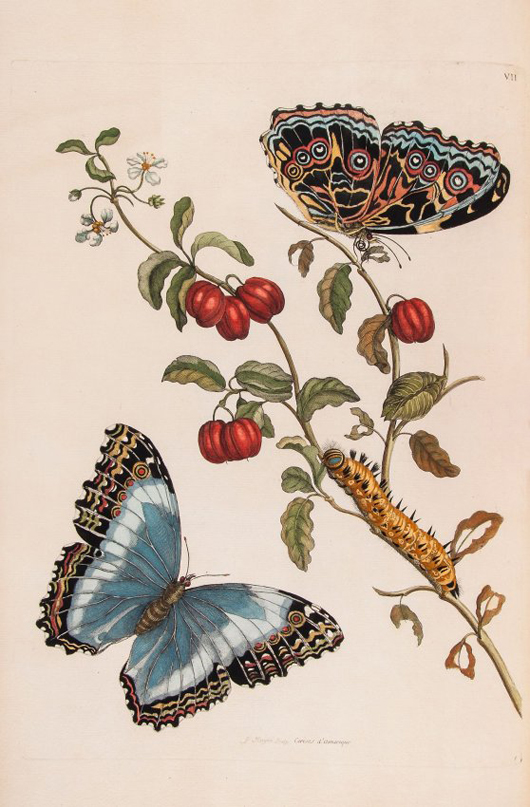
The most expensive work in the sale is ‘Histoire Générale des Insects de Surinam et de Toute l’Europe’ by Maria Sibylla Merian, estimated to achieve £25,000-£35,000. Dreweatts & Bloomsbury Auctions image.


